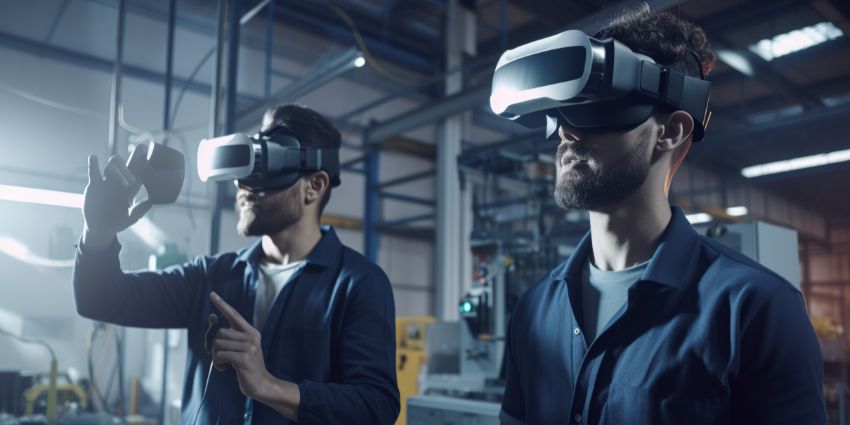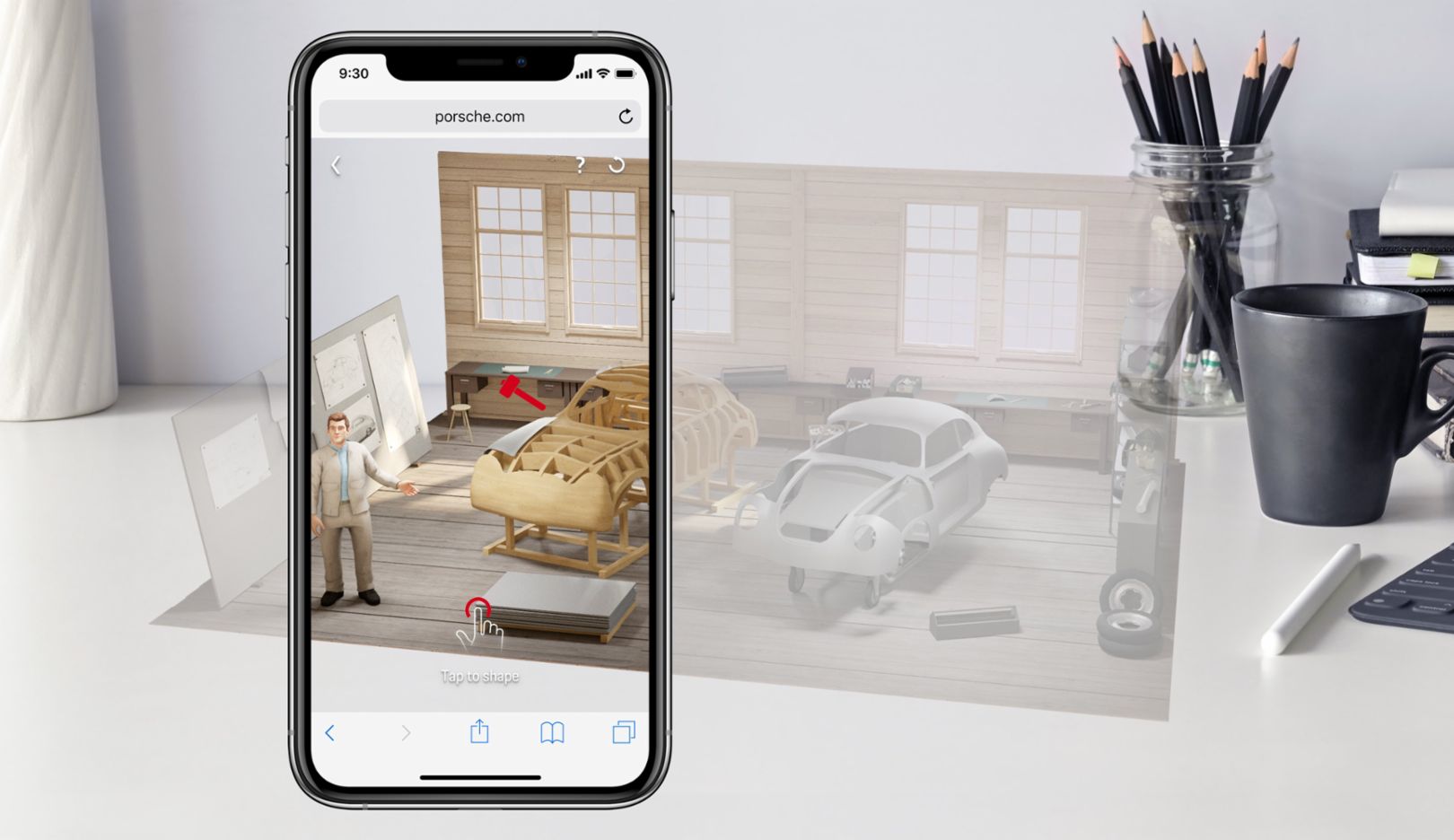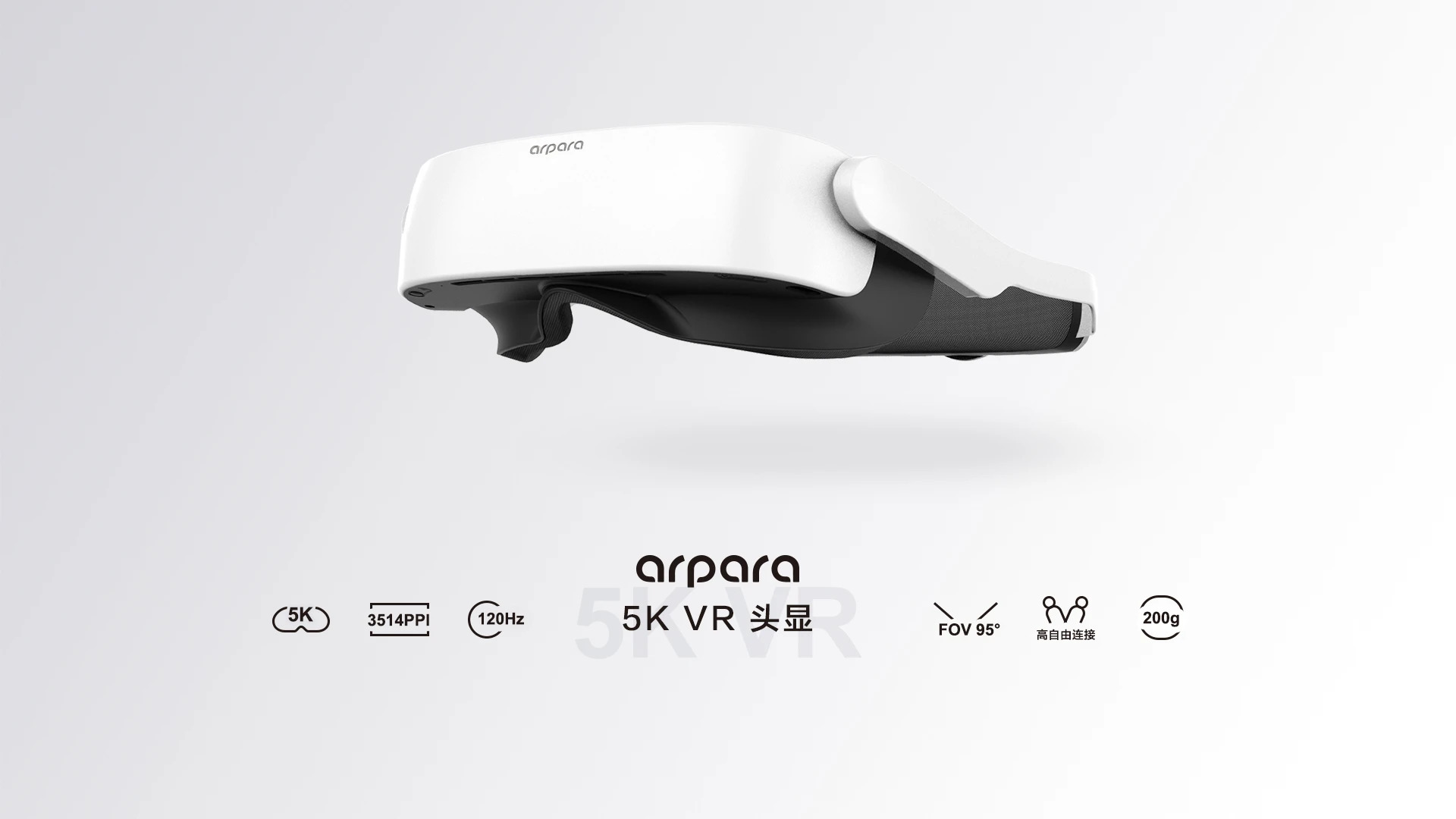Choosing the right immersive collaboration tools
A collaborative workplace is a productive workplace. When teams can work cohesively together, they accomplish more, unlock higher levels of creativity, and become more efficient. However, in an age of distributed remote, and hybrid teams, keeping staff synchronized can be difficult.
Immersive collaboration technology is quickly emerging as one of the most powerful way to align and re-engage workforces on a global scale. Through a combination of metaverse technology, extended reality tools, and artificial intelligence, companies can bring teams together wherever they are, in an environment that’s both inclusive and inspiring.
The question for most businesses is: How do they choose the right tools for immersive collaboration? Here’s the complete business-buyer’s guide to comparing immersive collaboration tech, and selecting the right innovations for the future of work.
Step 1: Define Immersive Collaboration Goals
The first step in choosing the right immersive collaboration technology, is establishing the right goals. Immersive tools come in a range of different shapes and styles to support specific needs. Some are designed to re-engage the workforce and improve company culture. For instance, metaverse environments with gamification elements can help to strengthen bonds between staff members, and improve the quality of day-to-day interactions with a sense of presence.
Virtual reality platforms can be ideal for businesses looking to accelerate and improve the product development process. With digital twin technology and 3D assets, employees can experiment with new product designs and ideas without wasting any physical resources. On the other hand, AR and MR tools can be excellent for unifying workers in the field.
An AR application can provide team members with the opportunity to access real-time guidance and support from subject matter experts when working on an issue. An MR system can enhance interactions by bringing staff members together with a merged physical and digital world.
Step 2: List Essential Features and Capabilities
Once companies have effectively defined what they want to achieve with their immersive collaboration technology, the next step is figuring out which features and capabilities a solution will need to have to generate the right results. In the manufacturing world, for instance, a company investing in a VR landscape for product ideation may need to ensure their technology can support CAD files, and other types of blueprints and documents.
For companies investing in AR solutions to connect remote and back-office workers, it may be important to look for applications that can work across a range of devices, and provide access to integrations with video conferencing and messaging tools for real-time communication.
It may also be important to consider the existing tools and services used by team members in collaborative work. If a business is already using Microsoft Teams for collaboration, using an accompanying solution like Microsoft Mesh and the HoloLens headset may make sense. Some business leaders may even need to prioritize integrations between the software solutions they’ll be implementing, and the technology already common in the workplace.
Step 3: Explore Available Software Solutions
Implementing an effective immersive collaboration strategy often requires an investment in both software, and hardware. From a software perspective, businesses need to think about the applications and tools they’re going to use to access the metaverse, or the XR space.
Some companies may opt for existing tools produced by well-known vendors, such as the HoloLens solution for Microsoft Teams, or Meta’s Horizon Workspace solution. Others may prefer to build environments from scratch, using intuitive software development kits, APIs, and low-code and no-code tools to develop intuitive spaces for their teams.
The more complex the use case, the more likely it is businesses may need to consider working with developers on the production of their XR environment. If companies want to create an entire metaverse environment, complete with custom avatars, spatial sound, and integrations with leading workplace apps and tools, the right XR guidance will be crucial. Fortunately, there are agencies available in the current world that can help with this.
Step 4: Consider Hardware Options
After selecting the right software strategy, the next stage is choosing the appropriate hardware. These days, it’s possible to access XR experiences on a range of different tools and devices. There are apps team members can access using their desktop browser or smartphone. Additionally, there are solutions available for wearable headsets, which boost hands-free immersion.
When selecting a virtual reality or mixed reality headset, or set of AR smart glasses, business leaders will need to consider a number of factors, including the functionality of the device, the resolution quality of the images it produces, and even the durability of the product in relation to their specific environment. Some companies produce headsets specifically designed for the enterprise, while others can offer innovative tools for high-impact industries such as construction and engineering.
Alongside headsets, business leaders may also need to think about the accompanying assets they’ll want to include in their XR experiences, such as immersive screens for metaverse-style meetings, light projection tools, and sensors. There are even haptic feedback tools and wearable gloves available which can boost immersion in an immersive space.
Step 5: Explore Vital Accompanying Technologies
Finally, it’s worth exploring the accompanying technologies that may be crucial to enhancing the overall immersive collaboration experience. For instance, combining extended reality and metaverse ecosystems with artificial intelligence can be an excellent way to improve interactions between staff.
AI solutions can automatically translate messages between team members located around the world, record information for compliance purposes, and even instantly surface important information during meetings. Some AI solutions even make it easier to develop tools for the immersive landscape. For example, generative AI can assist with developing code for virtual avatars and spaces.
It’s also worth thinking about the connectivity needs of the business when implementing new immersive technologies. If multiple members of staff are going to be using the same ecosystem at the same time, then an edge computing solution or 5G connectivity may be crucial to reduce latency. Choosing the right accompanying technology will ensure the collaborative tools brought into the workplace work effectively, and are easy to adopt.
Quelle:




